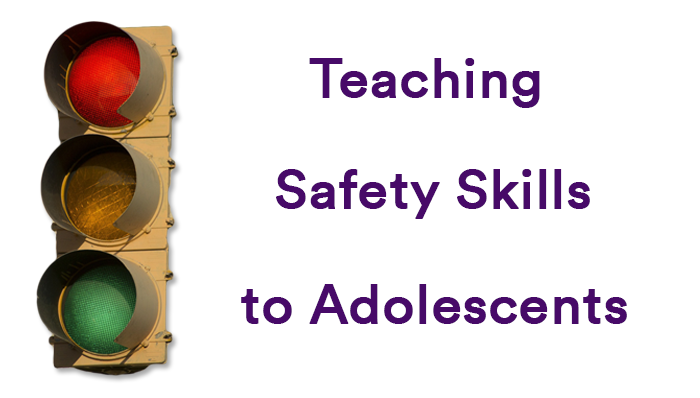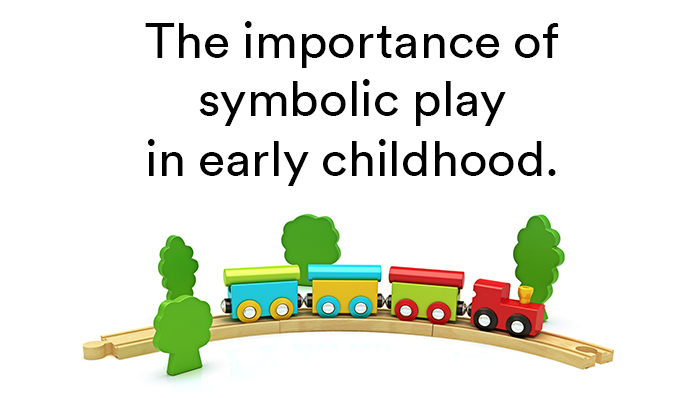
This month’s ASAT feature comes to us from Shannon Wilkinson, M.ADS, BCBA. To learn more about ASAT, please visit their website at www.asatonline.org. You can also sign up for ASAT’s free newsletter, Science in Autism Treatment, and like them on Facebook!
I am a Special Education Teacher at the high school level. A young man with autism is transitioning to my caseload from our middle school. Although there is much talk about “safety skills” amongst my colleagues, I would like to target this skill area effectively and comprehensively. Any suggestions?
Safety skills are important for learners with autism and should be addressed comprehensively over the course of the learner’s schooling and across the lifespan. The type of safety skills taught at any given time will vary depending on the learner’s age and functioning level. For example, younger learners can be taught to walk appropriately with an adult so they do not run into the street while older learners can be taught to cross the street independently. Regardless of age, safety skills should be included on the learner’s Individualized Education Plan (IEP) and reflect the goals of the individual and their families. In addition, data collection on the targeted skills is essential to ensure the learner is acquiring the skill and that the skill maintains over time.
An effective method to teach safety skills is Behavioral Skills Training (BST). BST is a comprehensive teaching method which includes delivering instructions to the learner, modeling the correct response, rehearsing the correct response in both pretend and more naturalistic environments, and delivering feedback to the participant regarding their actions. If the learner is having difficulty acquiring the skill, an additional teaching component known as In Situ Training (IST) can be added. In IST, the trainer provides immediate and direct training in the learner’s environment and allows for additional practice of the skill. Within the literature, BST and IST have been shown to be effective for teaching a wide range of safety skills such as abduction prevention skills (Beck & Miltenberger, 2009; Gunby, Carr & LeBlanc, 2010; Johnson et al., 2006) and how to seek assistance when lost (Pan-Skadden et al., 2009).
There are a number of safety skills that that could be targeted for an adolescent with autism. Targeting those that also increase independence should be a priority if appropriate, based on the adolescent’s level of functioning. Teaching him to use a cell phone is one such skill, as it can be used to improve his safety and overall independence (Hoch, Taylor, & Rodriguez, 2009; Taber, Alberto, Seltzer & Hughes, 2003). First, you will want to ensure the learner has the basic skills associated with cell phone use including: answering the phone, following directions on the phone, answering questions on the phone and negotiating all of the mechanisms associated with initiating a call. Once these basic skills are mastered, specific safety skills involving the phone can be taught. For example, a learner can be taught to answer his cell phone and provide a description of his location in the event he is separated from his caregiver or group. He could also be taught to follow instructions to seek assistance from a community member if lost (Hoch, Taylor, & Rodriguez, 2009; Taylor, Hughes, Richard, Hoch & Coello, 2004) or to call a trusted adult.
A major safety concern for most parents is abduction. Although abduction may be more likely with a young child, adolescents with autism should still be taught to identify “safe people” such as police officers, fire fighters and security guards, in the community. Many learners with autism are not able to distinguish safe or familiar people from unsafe or unfamiliar people. As a result, they cannot determine whom they can speak to or make a request for help. Learners can first learn to identify safe people, such as those noted above, in pictures. Once they can reliably do so, they should be taught what to do if a stranger approaches them. Multiple scenarios should be practiced so the learner becomes familiar with potential lures such as a stranger offering candy to get in a car or telling the student that his mom told the stranger to pick him up. Behavioral skills training and In Situ Training may be beneficial in teaching these skills (Beck & Miltenberger, 2009; Gunby, Carr & Leblanc, 2010; Mechling, 2008). In this scenario, the learner would first be provided instructions on what to do in each stranger situation. The learner should then model the correct response. If he does so successfully, a mock scenario can then be set up whereby a confederate approaches the learner and the learner has the opportunity to demonstrate the skills he has learned (i.e., do not go with the stranger, run away and tell an adult). If the learner performs the correct actions, he receives praise. If the learner does not demonstrate the correct response, the instructor immediately provides him with additional training.
Additional safety skills to target could include:
- navigating and using community resources appropriately and independently;
- exiting a car and crossing a parking lot or busy street safely;
- responding appropriately in emergency situations such as a fire or earthquake;
- addressing potential household hazards such as responding safely to cleaning chemicals, using appliances properly, or answering the doorbell when it rings;
- identifying a need to dial 911;
- using basic first aid procedures;
- interacting appropriately with pets and other animals;
- using the internet safely; and
- managing teasing and bullying
There are many others that can be addressed based on the learner, his individualized goals and his future educational, vocational and residential placements. Involving the learner’s parents in the planning process will help you to identify which safety skills are most important and relevant for the individual to learn, particularly if the parents have specific concerns or if there has been a history of unsafe behavior. Finally, as you go through this program planning process, it’s helpful to keep in mind that the essential goal in teaching these skills is to promote greater independence by ensuring the learner has the tools he needs to be safe and to protect himself in his environment.
References
Beck, K. V., & Miltenberger, R. (2009). Evaluation of a commercially available program and in situ training by parents to teach abduction-prevention skills to children. Journal of Applied Behavior Analysis, 42, 761-772.
Gunby, K. V., Carr, J. E., & Leblanc, L. A. (2010). Teaching abduction-prevention skills to children with autism. Journal of Applied Behavior Analysis, 43, 107-112.
Hoch, H., Taylor, B. A., & Rodriguez, A. (2009). Teaching teenagers with autism to answer cell phones and seek assistance when lost. Behavior Analysis in Practice, 2, 14-20.
Mechling, L. C. (2008). Thirty year review of safety skill instruction for persons with intellectual disabilities. Education and Training in Developmental Disabilities, 43, 311-323.
Pan-Skadden, J., Wilder, D. A., Sparling, J., Stevenson, E., Donaldson, J., Postma, N., et al.(2009). The use of behavioral skills training and in-situ training to teach children to solicit help when lost: A preliminary investigation. Education and Treatment of Children, 32, 359-370.
Taber, T. A., Alberto, P. A., Seltzer, A., & Hughes, M. (2003). Obtaining assistance when lost in the community using cell phones. Research and Practice for Persons with Severe Disabilities, 28, 105-116.
Taylor, B. A., Hughes, C. E., Richard, E., Hoch, H., & Rodriquez-Coello, A. (2004). Teaching teenagers with autism to seek assistance when lost. Journal of Applied Behavior Analysis, 37, 79-82.
About The Author
Shannon Wilkinson, M.ADS, BCBA is a Supervising Therapist with TRE-ADD program at Surrey Place Centre in Toronto, which is a comprehensive day treatment program that provides services for children and youth with autism and related developmental disorders and their families. Shannon has worked in the field of autism for 13 years, starting as an Instructor Therapist. She is particularly passionate about working with adolescents and has taught many vocational and life skills over the years. Shannon has a Masters in Applied Disability Studies from Brock University and is a Board Certified Behaviour Analyst.



